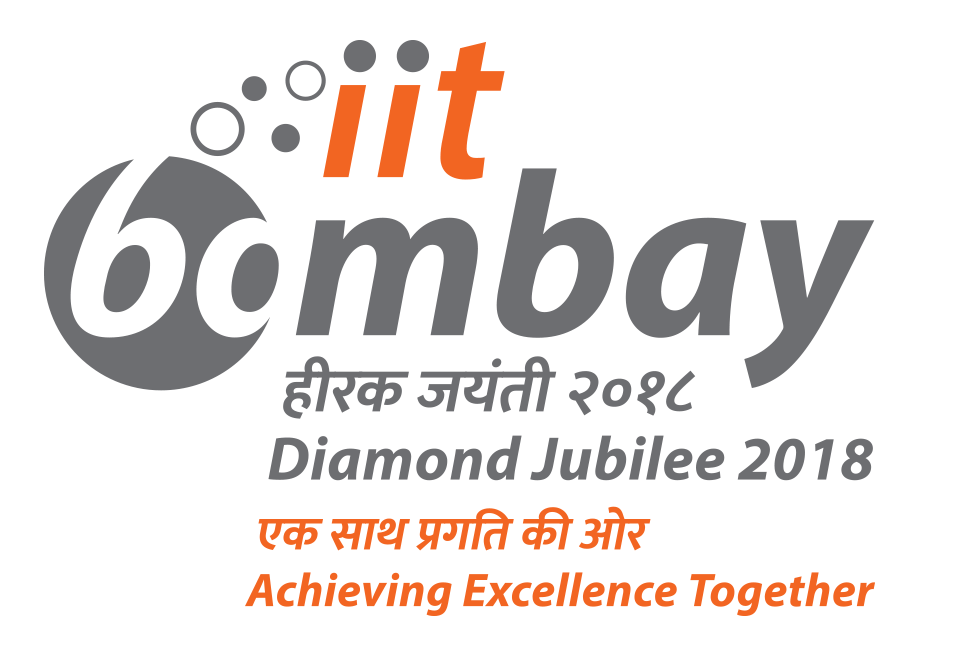Title: Gravitational wave detection using laser interferometry beyond the standard quantum limit
Speaker: Prof. Michele Heurs, Centre for Quantum Engineering and Space-Time Research (QUEST), Germany
Abstract: Interferometric gravitational wave detectors (such as Advanced LIGO) employ high power solid-state lasers to maximise their detection sensitivity and hence their “reach” into the universe. These sophisticated light sources are ultra-stabilised with regard to output power, emission frequency, and beam geometry; this is crucial to obtain low detector noise. However, even when all laser noise is reduced as far as technically possible, unavoidable quantum noise of the laser still remains. This is a consequence of the Heisenberg Uncertainty Principle, the basis of quantum mechanics: In this case, it is fundamentally impossible to simultaneously reduce both the phase noise and the amplitude noise of a laser to arbitrarily low levels. This fact manifests in the detector noise budget as two distinct noise sources – photon shot noise and quantum radiation pressure noise – which together form a lower boundary for current-day gravitational wave detector sensitivities, the standard quantum limit of interferometry. In order to overcome this limit, various techniques are being proposed, among them different uses of non-classical light, and alternative interferometer topologies. MH will explain how quantum noise enters and manifests in an interferometric gravitational wave detector, and will give an overview of proposed schemes to overcome this seemingly fundamental limitation, all aimed at the goal of higher gravitational wave event detection rates. Michèle Heurs conducted her PhD at the Institute for Atomic- und Molecular Physics, Universität Hannover, on the topic of simultaneous intensity and frequency stabilisation of all-solid-state lasers for interferometric gravitational wave detection (end date: December 2004) under the supervision of Karsten Danzmann (direct supervisor: Benno Willke). She then held a PostDoc position at the Max-Planck-Institute for Gravitational Physics (Albert Einstein Institut Hannover), followed by a Research Fellowship at the University of New South Wales in the Quantum Electronics group of Elanor Huntington (Canberra, Australia) on the topic of non-classical light sources and modern controls. Starting in July 2010 she built her own working group „Quantum Control“ at the Institute for Gravitational Physics of Leibniz Universität Hannover, where she now holds a permanent professorship. MH is a longstanding member of the LIGO Scientific Collaboration. Her research interests include non-classical light sources („squeezers“), laser interferometry and precision metrology (GW detection, but also optical spectroscopy), laser stabilisation (frequency, intensity, beam geometry), quantum noise cancellation schemes (squeezing, effective negative mass oscillator schemes), quantum opto-mechanics, photodetection (high frequency, high bandwidth, high sensitivity), and controls (classical, modern, and coherent).

